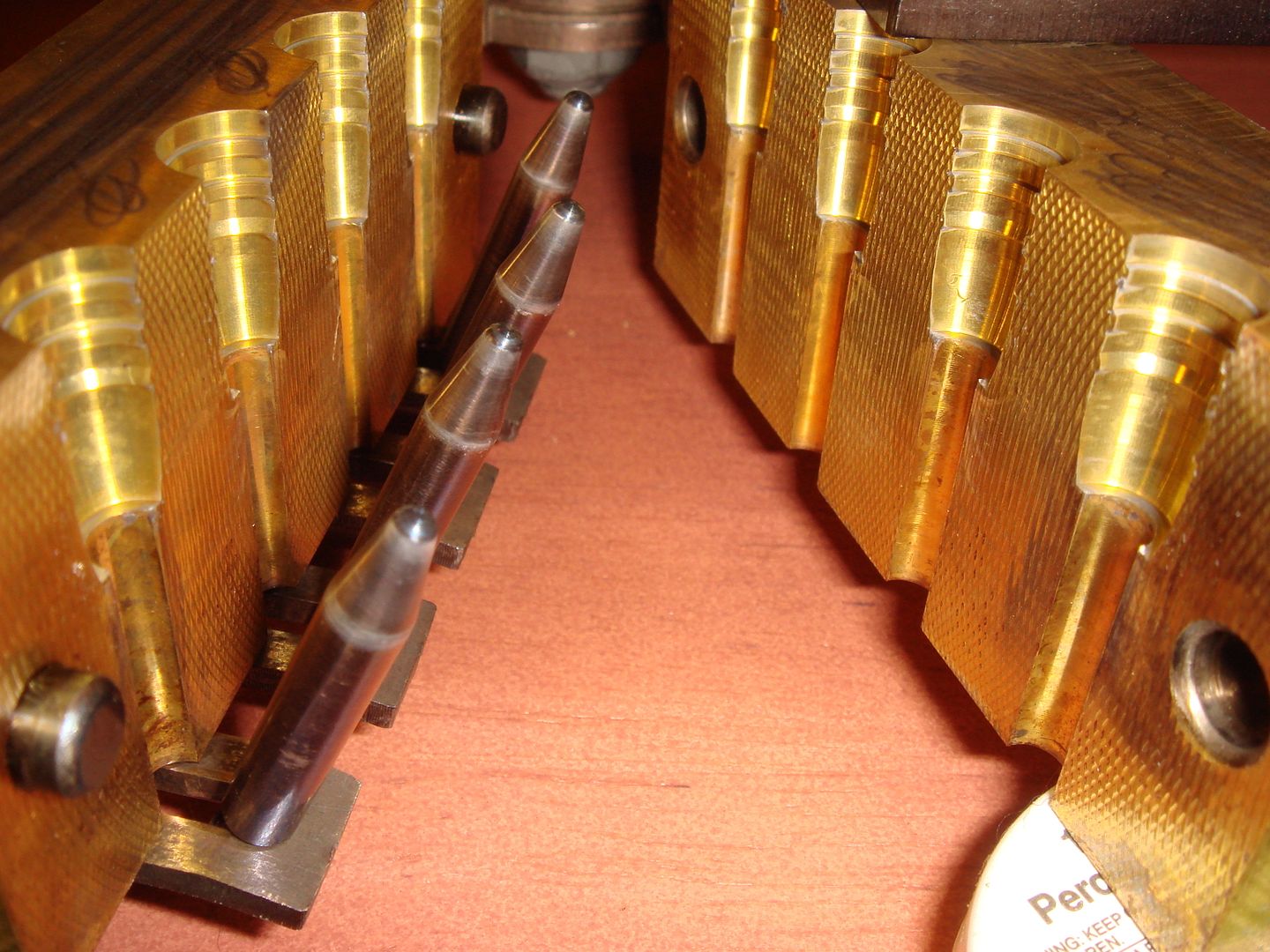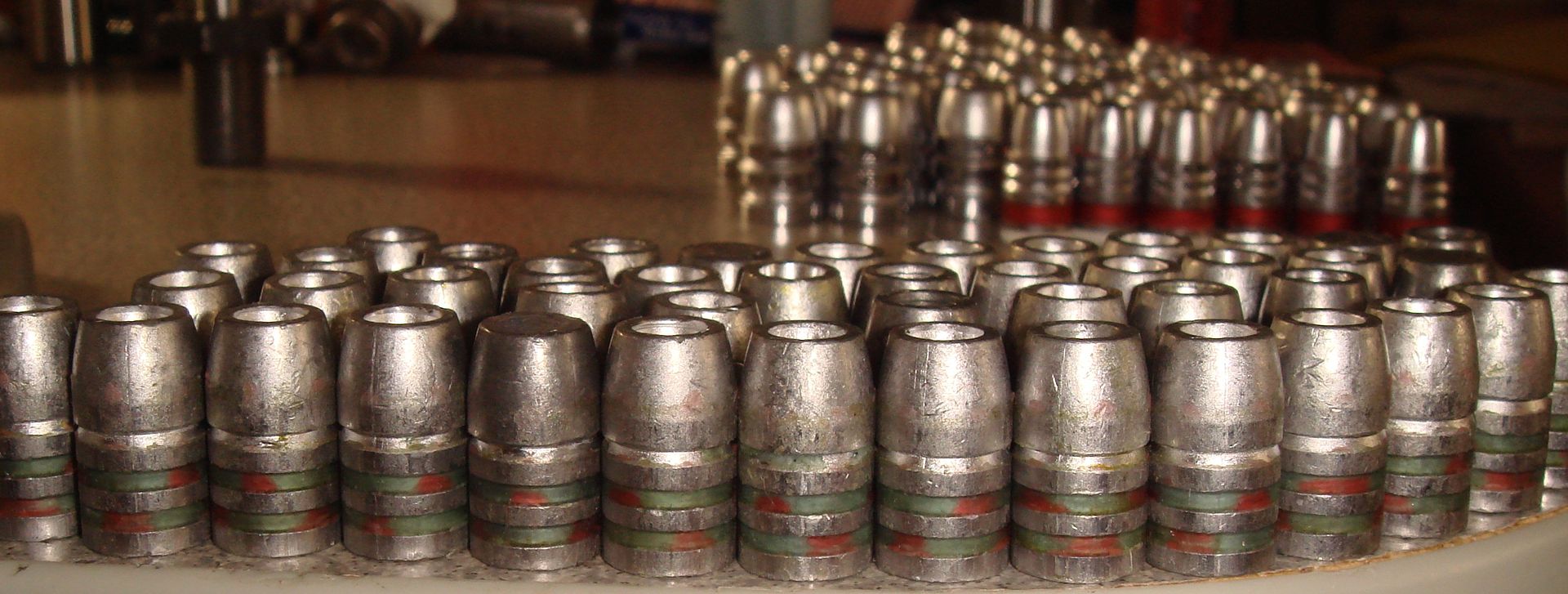I followed the directions except that I cleaned mine in acetone . I don't like water in my moulds...old habit . Acetone and toothbrush scrub.
I didn't have a hot plate so warm it by sitting mould on top of pot to heat.
Cleaned and cast 100 or so, placed mould blocks back on top of pot to slowly cool down. next time I cleaned exterior and sprue plate, not the cavities, and cast another 100, let cool. Did this twice to season mould. On third session , instead of smoking the cavities, I used Liquid Wrench Dry Lube on a Q-tip to apply a thin coat to the cavities...this stuff works better for me than the smoking. Liquid Wrench Dry Lube will not contaminate the cavities and is a great release agent.
Heat the mould on top of the pot. When everything is warmed up, two or three castings go back in the pot and after that every one will be a keeper , the few that weren't were my fault...not completely filling a cavity usually.
You have to season the mould, like a cast iron skillet , by doing a few cleaning - heating -casting-cooling cycles. After it is seasoned it will cast great bullets...at least my aluminum mould does.
The trouble with them is they are so nice to work with, It makes you want to buy more and they're not exactly cheap. I wish I had a bigger mould budget, I haven't had mine long and already I want another.
I will say they are worth every penny and Al "Swede" Nelson is a super nice guy.
Another tip, only use trace amounts of mould lube, I had a bad habit of using too much and it will get into the cavities and cause wrinkles.
Gary


